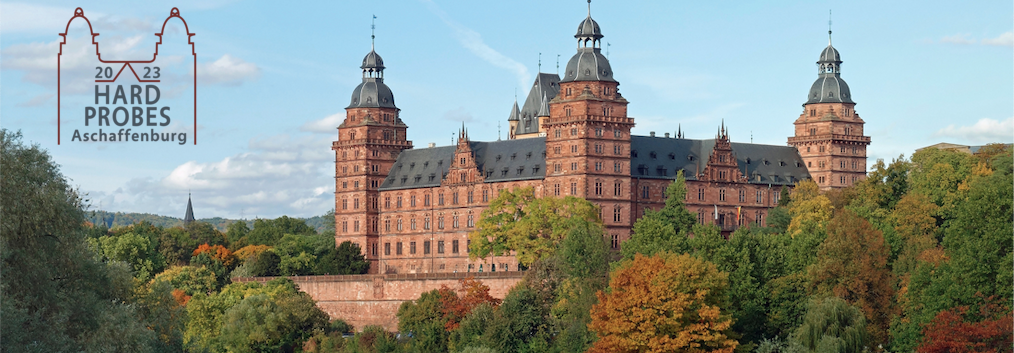Sprecher
Beschreibung
Dielectrons are an exceptional tool to study the evolution of the medium created in heavy-ion collisions. In central collisions, the energy densities are sufficient to create a quark-gluon plasma (QGP). Thermal e$^{+}$e$^{-}$ pairs with invariant mass ($m_{ee}$) around 1.5 GeV/$c^{2}$ can be used to estimate the temperature of the QGP.
At LHC energies, the cross section of heavy-flavour (HF) production is large and correlated HF hadron decays dominate the dielectron yield for $m_{ee}>1.1$ GeV/$c^2$. Their contribution is modified in the medium compared to elementary collisions to an unknown extent, leading to large uncertainties in the subtraction of known hadronic sources. A topological separation based on the distance-of-closest approach ($DCA$) to the primary vertex is a promising alternative approach. The decay length of HF hadrons is of the order of $c\tau \approx 100-500\;\mu$m, hence their reconstructed decay electrons do not point to the primary vertex. This allows us to disentangle them from the prompt contribution of thermal dielectrons.
In this poster, preliminary results on the $DCA_{ee}$ spectra of dielectrons produced in Pb--Pb collisions at $\sqrt{s_{\text{NN}}}=5.02$ TeV with ALICE will be presented. The measurements are compared to reference distributions from simulations and expectations from theory. Finally, a first attempt to extract a prompt thermal contribution in the intermediate mass region is performed by fitting the measured $DCA_{ee}$ spectrum.
Affiliation
Goethe University Frankfurt
| Experiment/Theory | ALICE |
|---|
